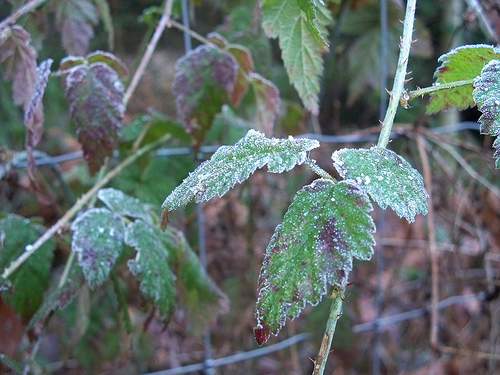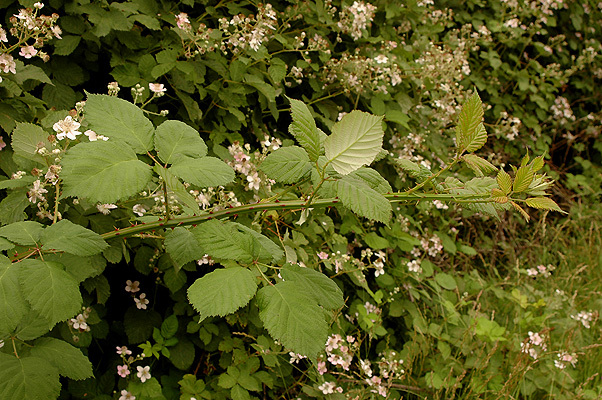I’ve tried two ways of making string.
I’ll tell you how I “processed” them to get them into a ready-to-make-string state
Willow: I took a fresh, young branch from the tree and split the bark down one side (using a knife, sharp stone etc). I then gently peeled it off the stick until its all off. Folded the bark together (like you would with paper) and this split it on the opposite side, it gave me two thin long pieces of bark.
You could choose to soak it at this point for a while, or go to workwith it right away. (i was in a rush and decided to work with it right away)
I smashed a rock to get a piece that had a relatively sharp flat side.
I put one of the pieces of bark on a large stone and begin scraping the hard bark off the outside, once the thick outer layer stuff was gone and its looking very fibery I split it long ways to make thinner strips (about 3 of them, by processing the otherpiece of bark I would make 6 strips).
From there the basic string making process was done and it turned out ok.
Willow was a littleweak, maybe due to my own haste and lack of knowledge in the area.
Blackberry bush…
After the willow not turning out so great I looked for an alternitave method…
I hunted around and I saw that blackberry bushes’ runners seemed to fit a good model of what you’d turn to string: they were long(1-2 meters), thin (2-3mm at the most) and very soft and flexible.
First matter of business was THORNS. Had to get rid of them.
Using a stone chip i lightly skimmed it across the runner and removed the thorns.
Then i placed the runner on a large flat rock and pounded it with another flat stone, i did this lightly,justto breakup the internal woody bit (which I found if you get a runner any longer than 1meter the woodyness after the 1meter mark is really too woody to even be processed)
Once the pounding was out the way, standing I hal one end and kinda rubbed my hands together, this helped remove the husky layer that was still there.
I wet the fibres and began twisting it into string.
Blackberry = very good for rope making, I tested some other methods but this was my 4th and best attempt using blackberry.
So any vine berry plant should work really well.
The best runners are found in bushes that are overhanging water, they grow out and down and they are very easy to access… were I in the wild I would make sure I have these things lining alot of my rivers
I hope that wasnt toomuch rambling and gave you some idea of some of the things you can try 
I wish I had some flax around to try… but flax is PERFECT for string and is like cheating 



